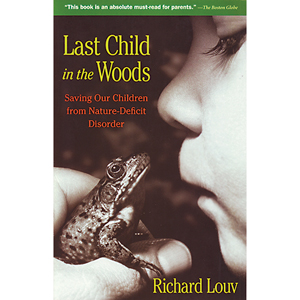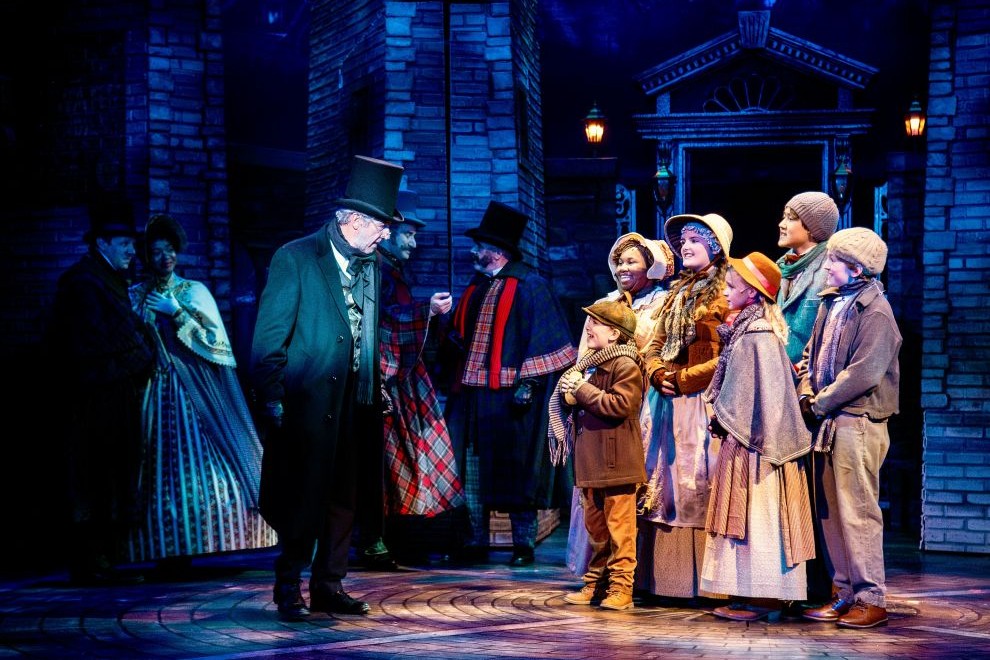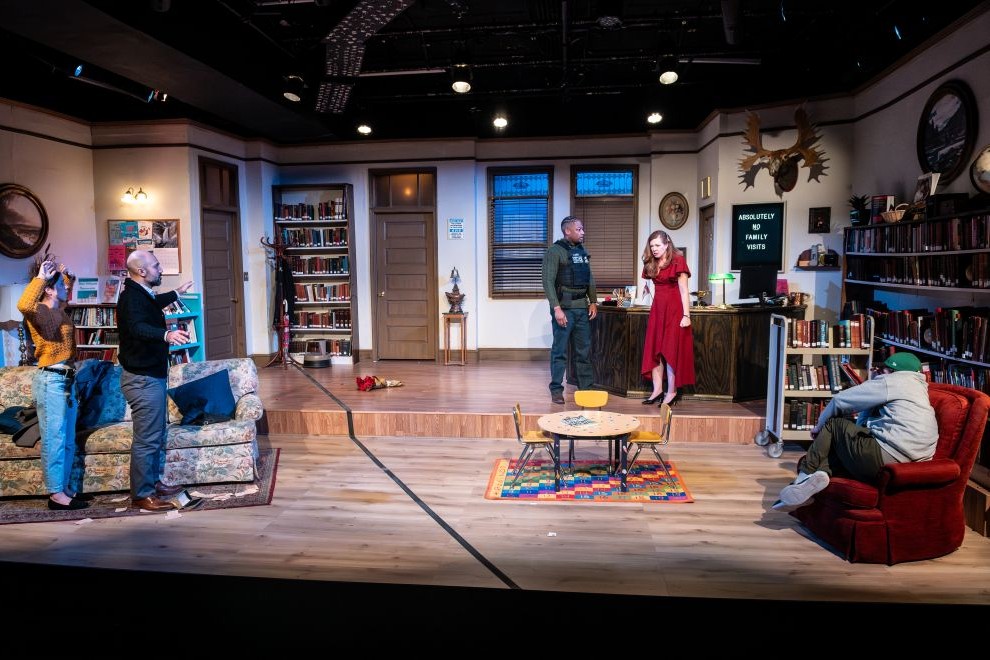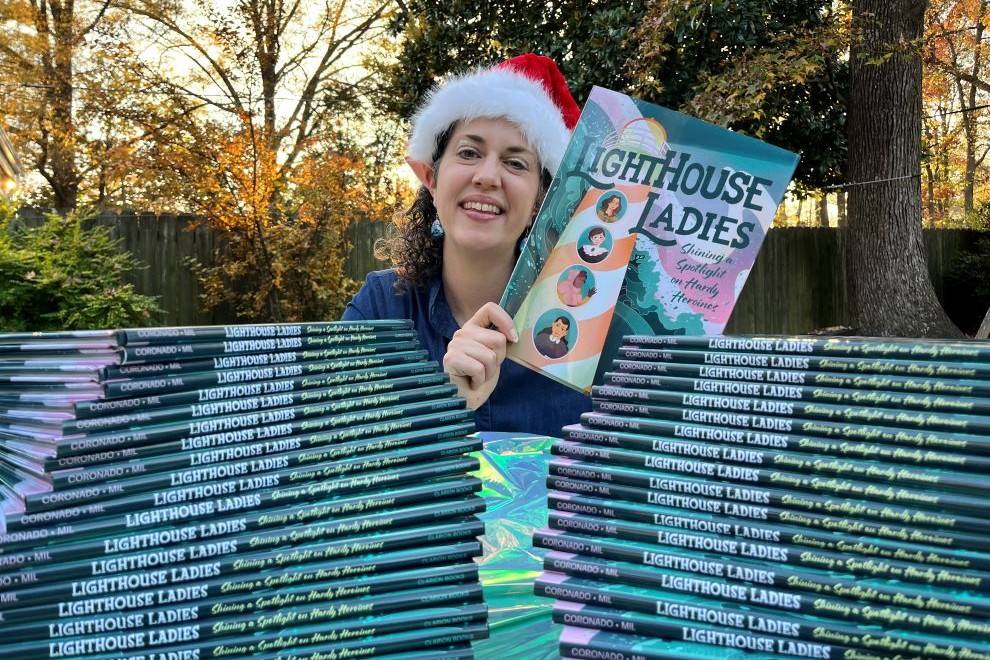Harvard University professor, Howard Gardner, developed his influential theory of multiple intelligences in 1983. It’s based on the argument that traditional I.Q. scores are not true indicators of intelligence. Gardner recently added “naturalist intelligence” to those previously designated in order to account for the varied potential in children and adults. Examples of this “nature smart” would be individuals like Charles Darwin, John Muir, and Rachel Carson.
According to Richard Louv, author of Last Child in the Woods, Gardner’s theory “has immediate application for teachers and parents who might otherwise overlook the importance of natural experience to learning and child development.” Louv argues, “Gardner has drawn needed attention to the fact that intelligence should not be narrowly defined as linguistic or logical-mathematical.” If this is the case, then why are so many of our children’s experiences at school happening within the confines of concrete walls?
While some school curriculums find time to teach kids about the environment, these lessons rarely present opportunities for students to experience it. “While environmental education focuses on how to live correctly in the world, experiential education teaches through the senses in the natural world,” Louv explains. In other words, long before teachers popped in DVDs to show students what a meadow looked like, they took them there. Louv reminds us, “Passion does not arrive on videotape or on a CD; passion is personal. Passion is lifted from the earth itself by the muddy hands of the young; it travels along grass-stained sleeves to the heart. If we are going to save environmentalism and the environment, we must also save an endangered indicator species: the child in nature.”
Put saving the planet aside, the reality is that if we want our kids to be able to compete in this global economy, then we must leave behind teaching to the test. Louv explains a place like Finland is “heading in exactly the opposite direction.” Who cares what they’re doing in Finland? According to the Organization of Economic Cooperation and Development, in 2003, Finland “scored first in literacy and placed in the top five in math and science.” There are two big differences between our educational systems. Finland believes in play – students get 15 minutes of outdoor recess after every 45 minutes in the classroom – and Finland has “moved a substantial amount of classroom experience into natural settings or the surrounding community.”
Meanwhile, in America, many schools are banking on what some call “Fool’s Gold” – computers, even though “thirty years of research on educational technology had produced just one clear link between computers and children’s learning. (On some standardized tests, “drill-and-practice programs appear to improve scores modestly – though not as much or as cheaply as one-on-one tutoring.”)” I’m willing to bet your child’s school has a well-equipped computer lab, but doesn’t have an outdoor learning center. And if it does, is anybody using it? When I taught sixth grade, my school had a gorgeous outdoor classroom, complete with a hiking trail and natural amphitheater. The only problem was I was the only teacher who regularly brought her students there.
Still, Richard Louv offers us hope by citing examples of individual American schools attempting to reintroduce children to nature. Then, Louv reminds us that “the sign over Albert Einstein’s office at Princeton University read, “Not everything that counts can be counted, and not everything that can be counted counts.” So tell your child’s school to curb spending on technology that will quickly be out-of-date and encourage them to invest in “real world learning.” Recruit parents and teachers to plant a school garden. Convince administrators to create an outdoor classroom. (Lowes has been known to offer generous grants for just this purpose.) And have the PTO start partnerships with local organizations interested in making all children “nature smart.” Students need more than a field trip to Richmond’s Maymont once a year. They need a chance to play and learn where the wild things are and know that their knowledge of the natural world is worth something.





